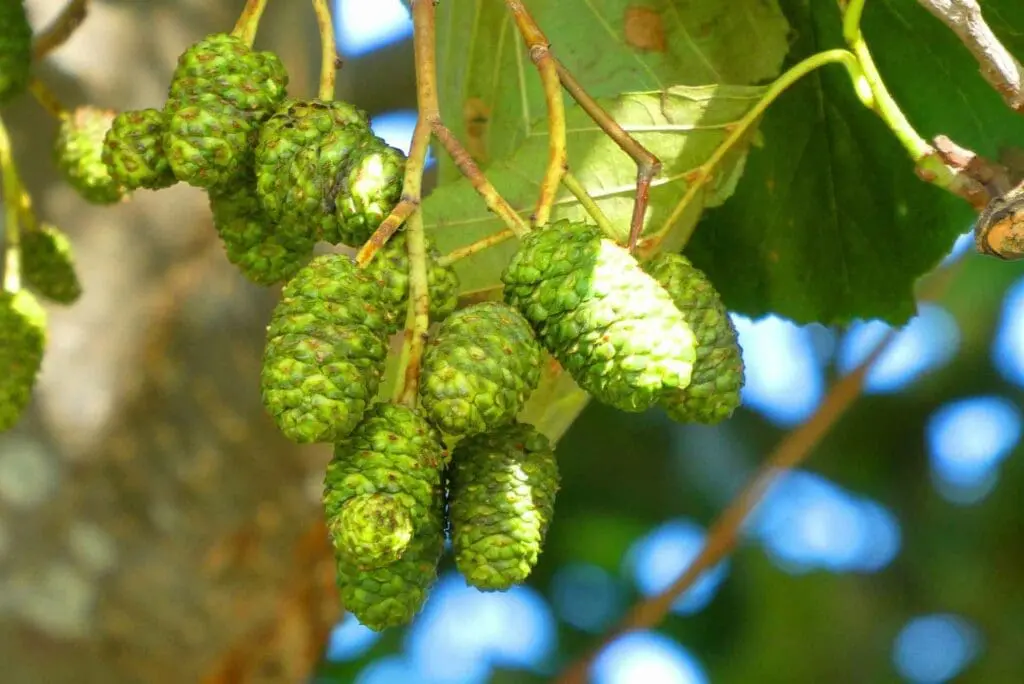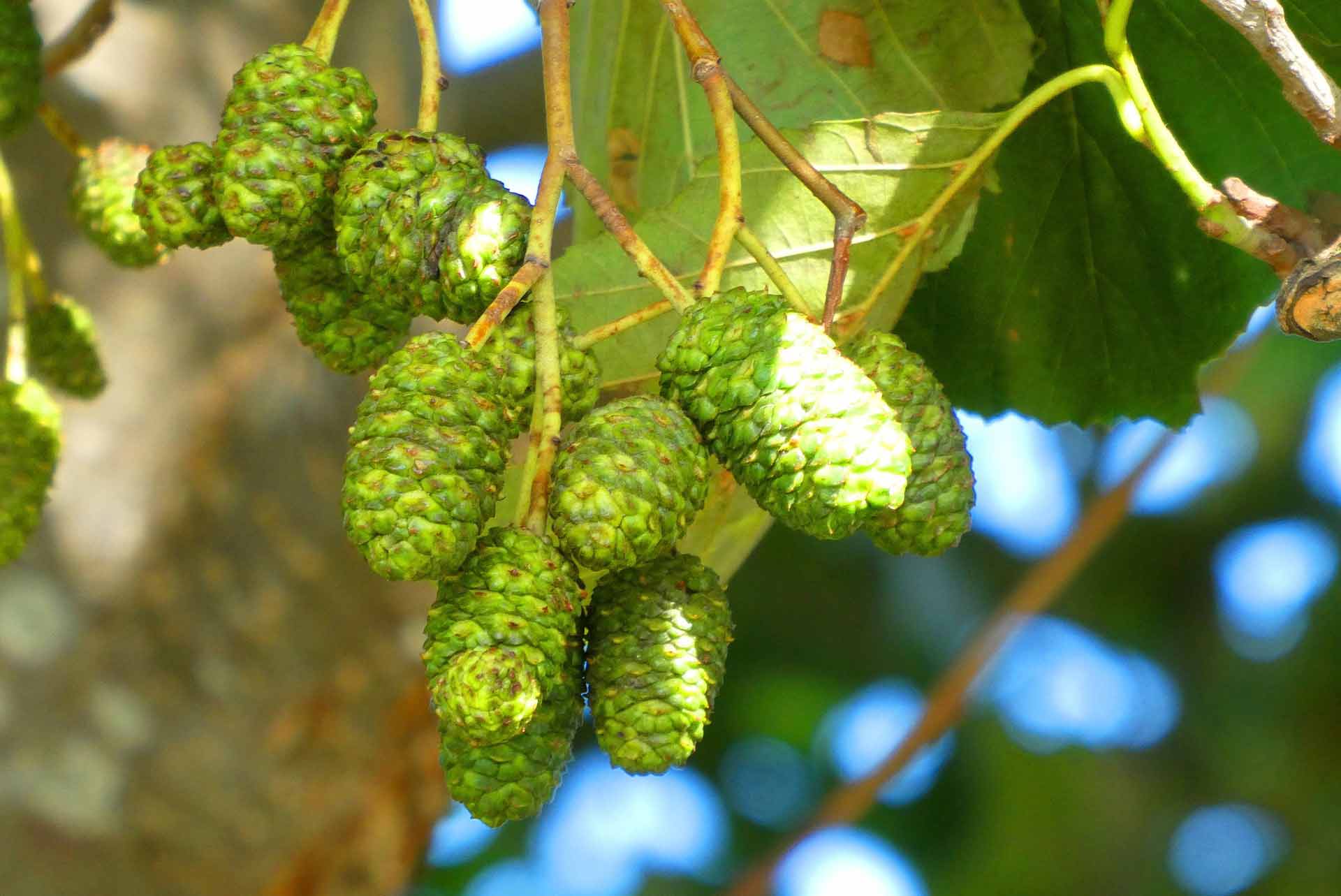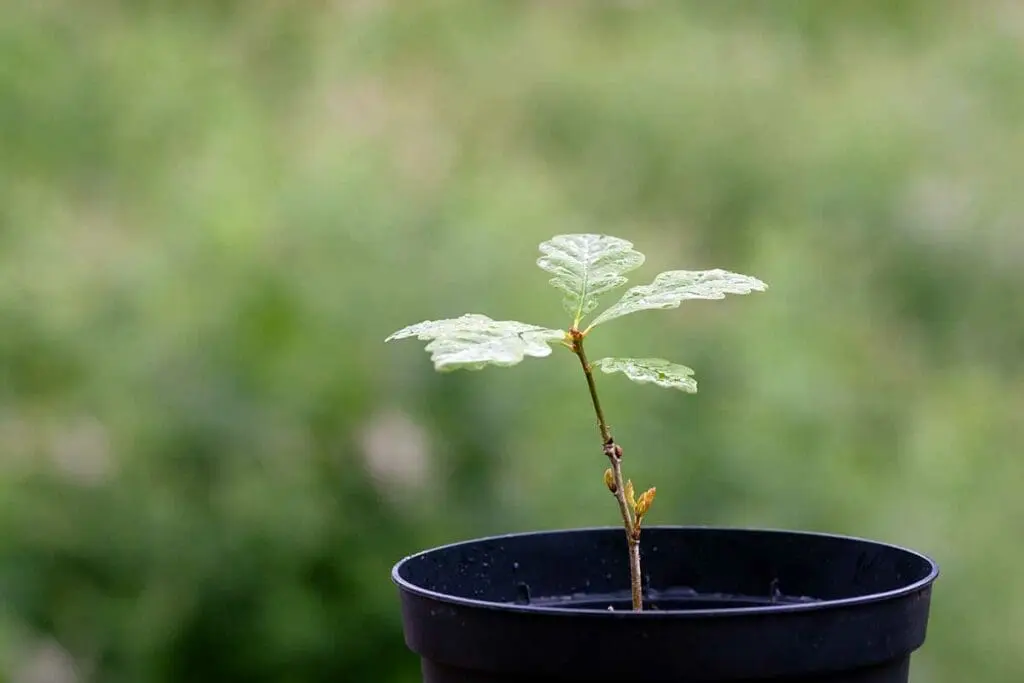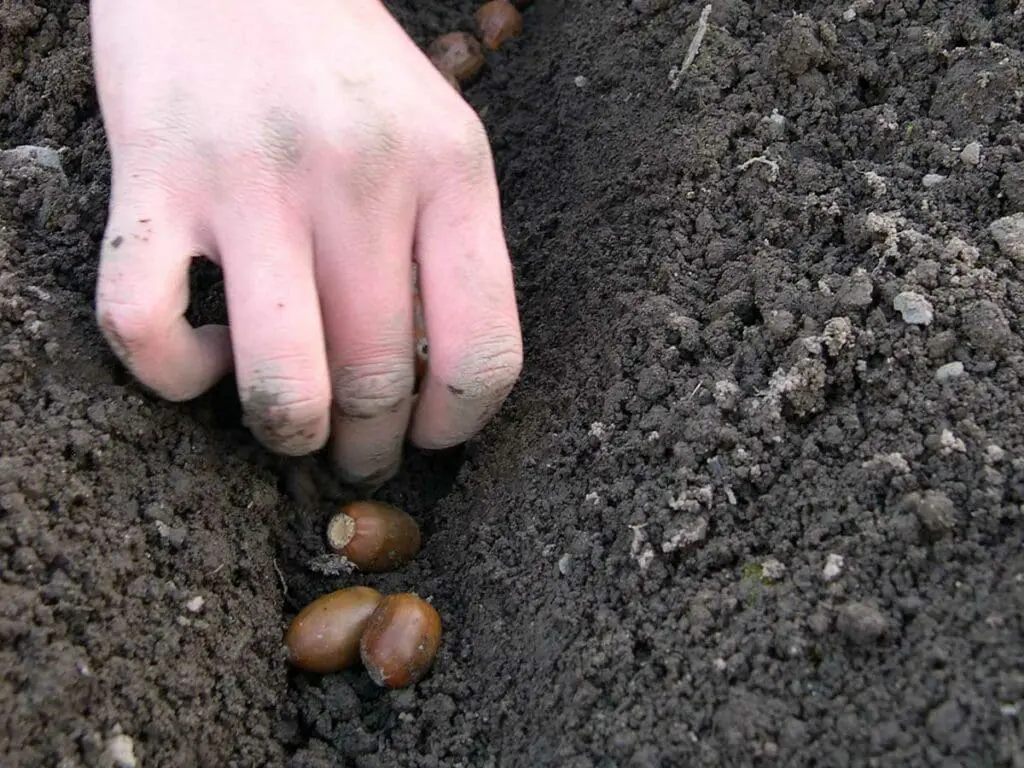Seed processing is essential to:
- extract seed from fruits for storage and sowing
- prevent seed going mouldy during pretreatment
- prevent damping-off (fungal contamination) after germination
- improve the regulation of seed moisture content during storage and pretreatment
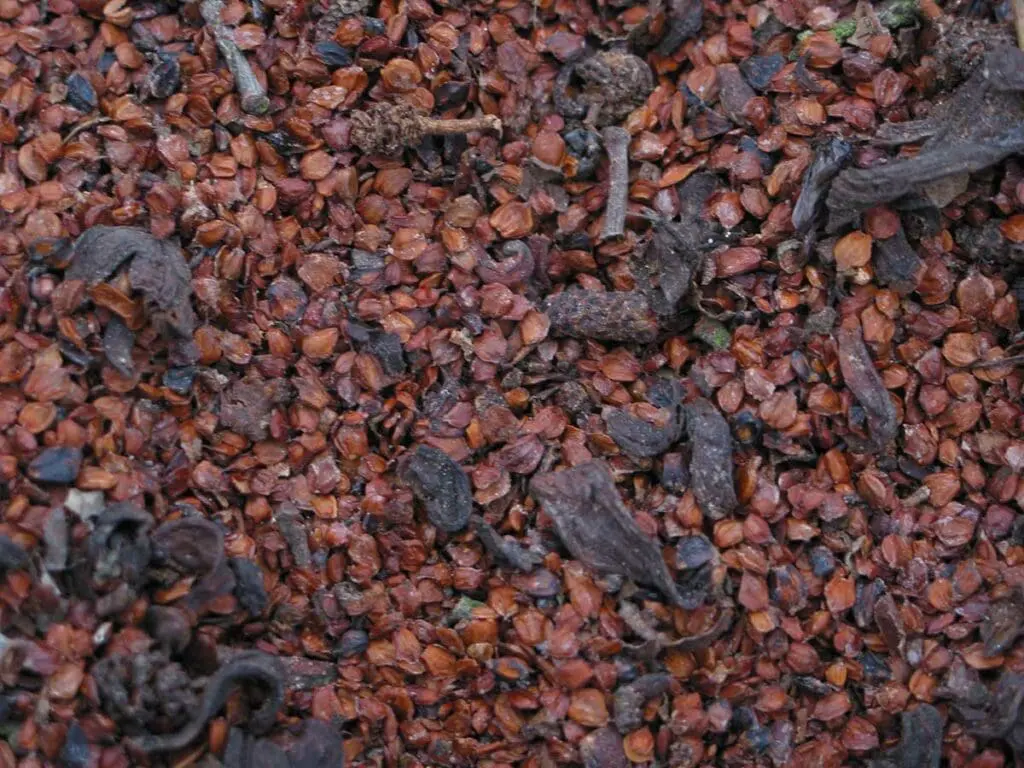
Seed groups
There are five different groups of seeds produced by our native trees and shrubs and each group requires processing in a different way.
The five groups are:
- fleshy fruits (berries, cherries, apples)
- nuts
- wings
- pods
- cones/bracts
Fleshy fruits
These require the most processing to extract clean seed. Fruits can first be soaked to soften them, without letting them ferment, before being separated from the pulp by:
- Mashing: for large-scale operations
- Popping by hand: useful for small quantities of finger-sized fruits and seeds, e.g. hawthorn
- Pressing through a sieve: useful for small seeds that are easily damaged, e.g. rowan
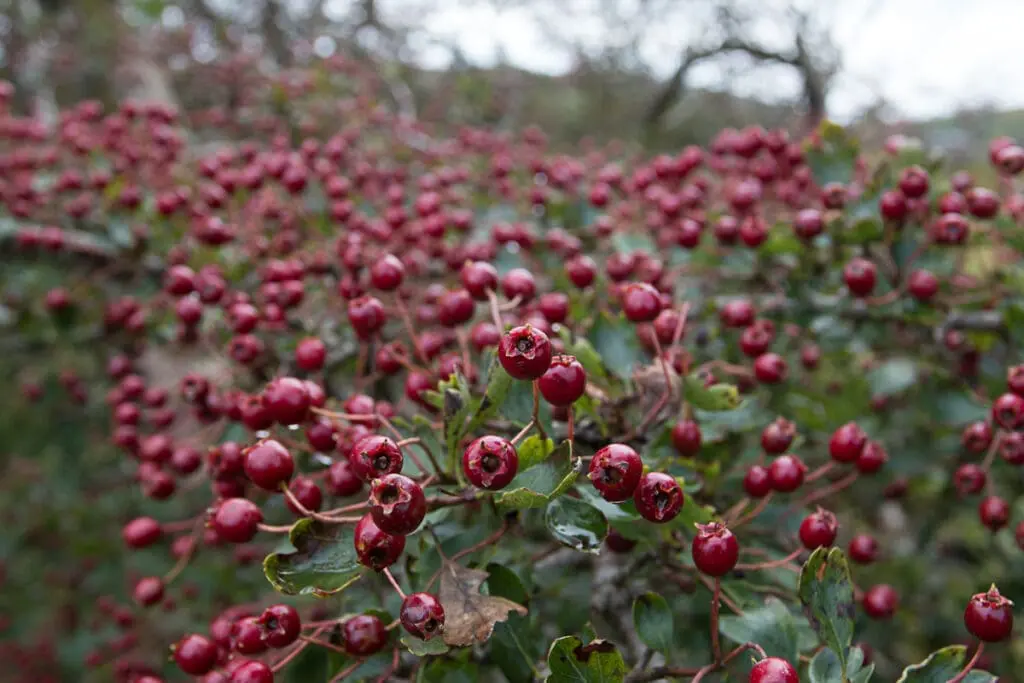
Nuts
Nuts can be removed from their husks, but this is not necessary unless a viability test will be carried out.
The viability of hazelnuts can be tested by placing the nuts (without their husks) in water. The ones that contain a lot of air will float. These are either empty or have only a small seed inside, which might not grow well. The full nuts will sink. These contain a healthy seed just waiting to grow.
It should be noted though, that not all nuts that float are non-viable, so it may be worth keeping them all.
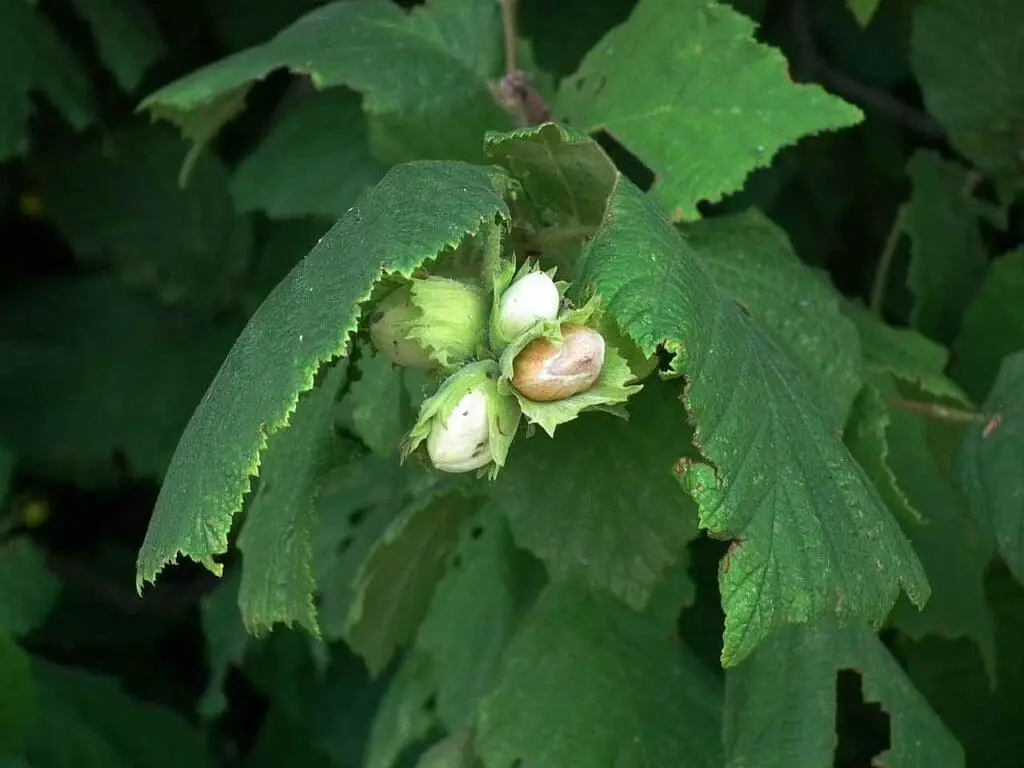
Wings
Separate individual fruits from bunches and remove stalks and twigs. The outer fruit layer (the wing itself) is not normally removed from winged seeds. These should then be pre-treated immediately in the usual way.
Brown ash keys will not germinate until the second spring after collection. The seeds of wych elm should be collected in late May or early June and sown immediately in prepared beds or containers.
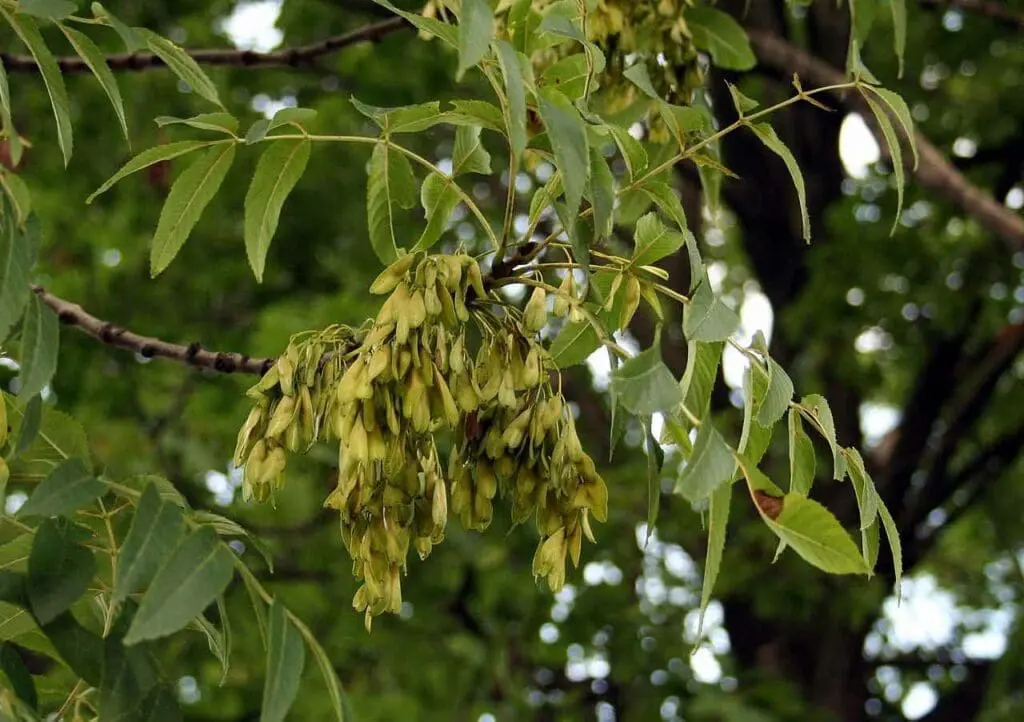
Pods
When these seeds are ripe they are almost fully dry and should be collected before the pods rupture. The pods can be laid out in layers or placed in paper bags and allowed to rupture in a warm, dry place.
The seeds can then be stored cool and dry until time for treatment.
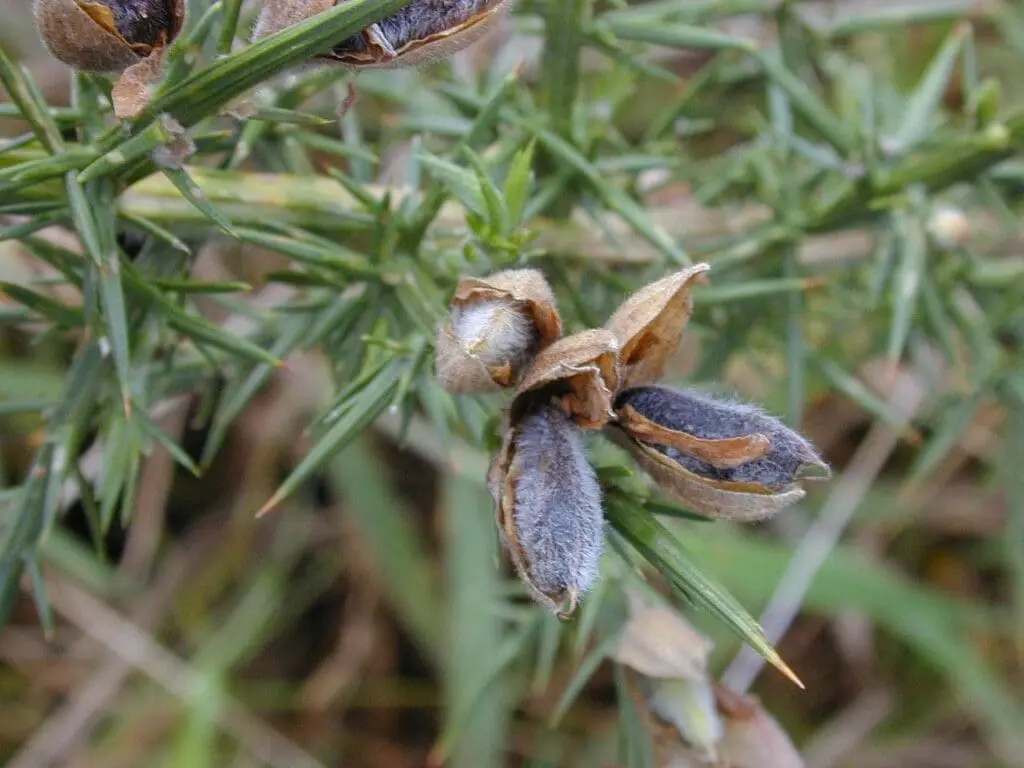
Cones/bracts
Alder and birch are collected just as the cones or bracts begin to turn from green to brown. At this time the seeds are still firmly held within the cones or bracts.
Take care not to leave them in the collecting bags too long as they will begin to heat up and the seeds will start to die.
As they dry and turn brown, the seeds are released.
Place the cones or bracts in an open box (or large paper bag) and keep in a warm, dry place. As they dry, stir or shake them in the box or bag to dislodge the seeds.
When completely dry, store in bags in a cool, dry place.
